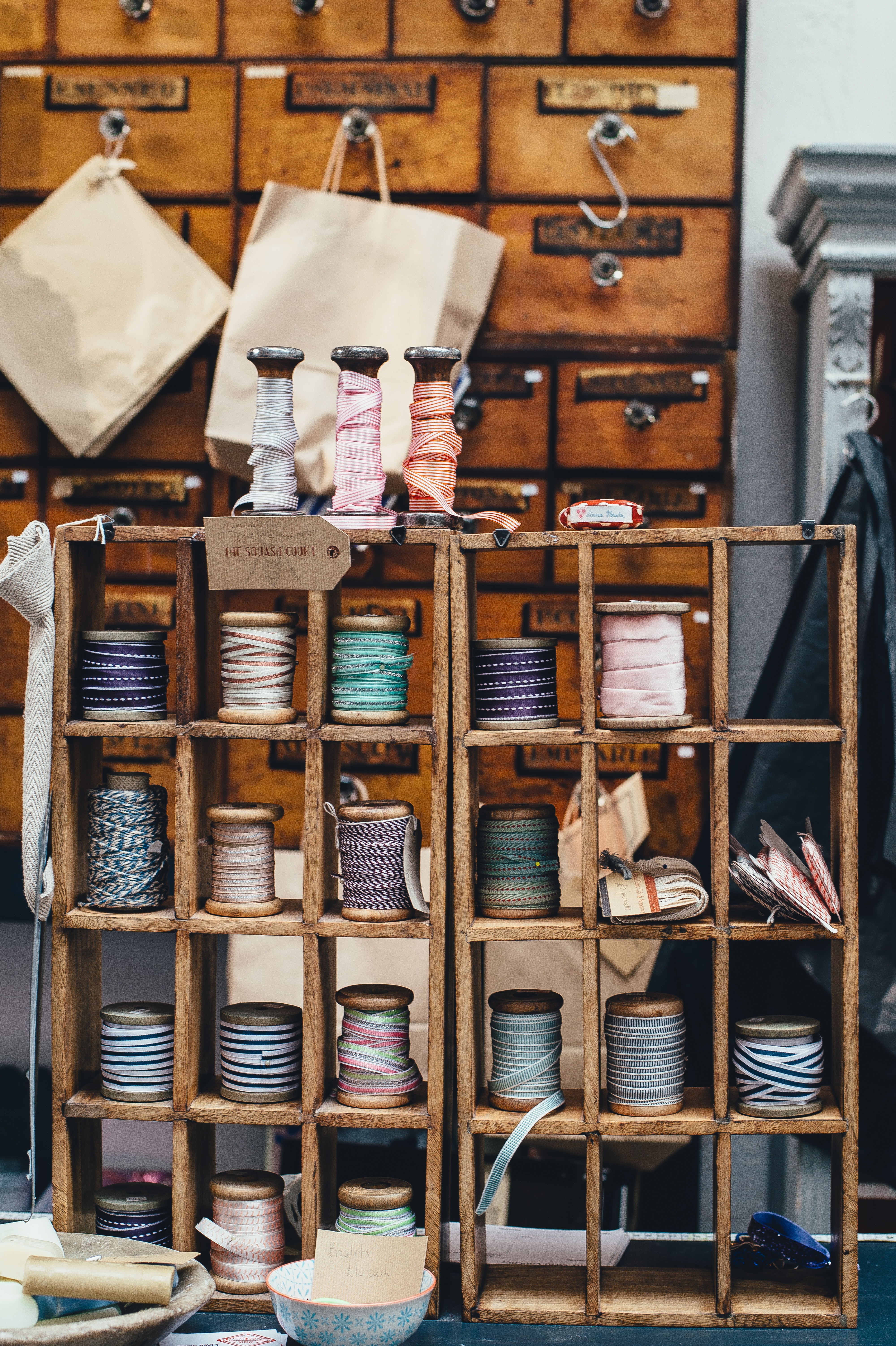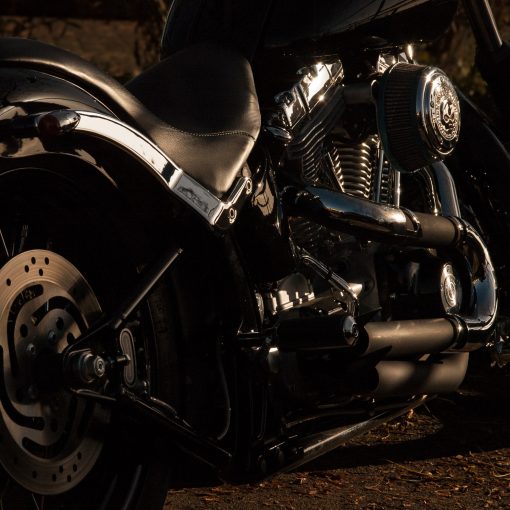As always, you can find the entirety of this series here.
Looking Good
Fashion is an often-overlooked part of setting design, and in truth, I went back and forth as to whether to cover it at all in here. I ultimately decided to, because certain clothing technologies can be surprisingly important. I originally thought this was going to be a short post. Oh, how wrong I was.
General Concepts
Fashion in the setting is probably best defined as classic 20th century with Victorian and Napoleonic influences. Pantaloons and voluminous sleeves are pretty much nonexistent in the setting, and things like practical pockets are a reality. Fabrics run up until just before the emergence of synthetic fabrics. That means no nylon, no polyester, no “performance fabric,” and no fleece. Rayon is made from cellulose fibers, so it’s available, but is extremely cutting-edge and is currently mostly only seen in upper-class circles concerned with high fashion. However, denim, canvas, leather, wool, and various cotton and linen weaves are all fine. Early ballistic fabrics exist, but are incorporated into more conventional armor designs as discussed in the last post. (This is largely due to the enduring presence of melee weapons in the world.)
As far as patterns go, plaids exist, as does tie dying, paisley, and any other number of interesting designs.
Specific Cases
Tactical clothing is starting to become prevalent, but is somewhere between WWI and WWII levels. That means that things like tactical harnesses with purpose-built pockets and clips for items like magazines and flashlights exist, but not full-on tactical vests. The biggest beneficiary of this particular technology is probably spellcasters. Instead of having to carry material components around in a spell component pouch, there are organized, easy-to-get-at harnesses and pocket collections that can be worn on easily-accessible areas of the body such as the chest and thighs. This means that while wizards may sometimes still wear robes as a nod to tradition, they’re often more like a long tabard that’s worn over normal clothing. Bandoleers are common and can be obtained in a bunch of specialized designs and made custom by merchants. “Shield organizers” are somewhat common among shield-using adventurers, allowing a spare weapon or some non-volatile spell components to be attached to the inside of a shield for easy access. Most shields come with some basic snaps or buckled straps to accommodate this, but they’re also easily removed.
Backpacks and shoulder bags are common and are advanced enough to be multi-pocket designs. Zippers, buttons, snaps, drawstrings, straps, buckles, and toggles all exist. Hook-and-loop fabric relies on plastics that are more advanced than the setting has and therefore does not.
Camouflage is just starting to exist, but it’s not to the point of providing mechanical bonuses yet and is mostly based on animal hide coloration. At player’s option, stealthy characters may wear it as a way of explaining part of a PC’s proficiency bonus to stealth in-game, but I’m definitely not going to require it.
Upper-class and formal clothing is a mix of late 19th-century and early 20th-century looks with a bit of 18th century thrown in. Suits are sharply tailored with long suit coats and both ties and ascots are worn by men. Women wear dresses, and the style is in the middle of a shift from voluminous ballgowns to sleeker, more form-fitting styles that support more mobile forms of dance. Either makes a statement. Folks looking to be extra fancy or formal still wear hats, and a variety of those are available as well. Tricorns are extremely traditional, but regarded as both classic and classy, whereas bowlers and tophats are newer and more “fashion forward.” Women wear wide-brimmed hats and elaborate floral designs, but often use hair ornaments instead.
Religious garb for The Church is widely varied by sect and order, but clerical collars are fairly common. Robes and cassocks are used during religious services, but not usually worn into the field if the ordained individual is also an adventurer. Stoles are often worn, sometimes even out into the field. They’re often embroidered in order-specific designs and some orders have different ones for different seasons.
Jewelry is about as common as it is in the real world. Both wristwatches and pocket watches are available.
There’s no stigma on wearing pants for women in everyday contexts – a woman who works as a police officer or welder will not be doing it in a skirt. A variety of kilts are available for men, though their use is heavily-dependent on culture.
Headgear in the field is more widely varied. Hooded cloaks are still worn, and traditional “wizard hats” can also be found, though they’re considered throwbacks. However, wide-brimmed styles that keep the sun off and/or obscure the face in shadow are common among adventurers. Heavier armor has evolved to accommodate a wide variety of faceplates and visors, and everything from a traditional sugar loaf helm to a skull motif is possible. A variety of cultural and religious headwear exists as well.
Staying warm relies on three primary substances: wool, fur, and down. Wool is woven into sweaters, knit caps, knit gloves, socks, and coats, and while a bit itchy, it’s very warm. Cable-knit sweaters are common in fishing villages and not terribly rare in other places. Fur is still used as a lining for cloaks, hoods, boots, and collars, and down linings are incorporated into leather or canvas coats for extra warmth. Heavier cotton waffle-knit weaves are also available. Waxed or oiled canvas is used to repel water. Scarves are available in both ornamental and super-warm varieties (as well as the shemagh). Mittens exist and are usually made of wool.
If you need to stay cool instead, silk, cotton, and linen are all available, although silk is very expensive. Different areas of the world have different feelings about modesty, but shorts that reach to about an inch above the knee or lower are pretty safe for both men and women in warmer climates in terms of propriety. Dressing for the weather is definitely the accepted norm; nobody wears suits in the desert during the summer because they feel like they have to.
Corrective eyewear (glasses and monocles) and protective eyewear both exist – the latter in both general (safety glasses and goggles) and specialized (welding masks) varieties. Sunglasses are available. Everything is made of actual glass, though; suitable polymers haven’t been invented. Occupation-specific clothing such as lab coats, a chef’s hat and coat, a mechanic’s coveralls, and welding aprons all exist. Uniforms for law enforcement, utility workers, mail carriers and so on are accepted and commonplace.
Leather gloves have been around for centuries, but soft, supple “driving gloves” in a variety of styles are available. So are specialized archery and shooting gloves.
Footwear is mostly leather with rubber soles, but traditional all-leather or wood designs are also available. Lug soles and various heel heights are available.
As far as hygienic products go, soap, shampoo (both wet and dry varieties), toothpaste, and deodorant all exist. People in civilized areas are expected to use all of them. Perfumes and colognes exist as well and are seen as optional except in the upper classes, where they, too, are expected.
Makeup exists and is used in a myriad of different ways. Hair dye is available in both natural and unnatural colors. (Yeah yeah, I know unnatural hair dyes are a relatively recent real-world advancement Whatever. I’m not going to say your PC can’t have bright blue hair in a heavy metal-influenced setting if you want them to.) Basic electricity means things like hair clippers exist, though they’re mostly found in barber shops. Combs, brushes, and safety razors are available, as are loud, heavy hair dryers, curling irons, and so on. (However you want your PC’s hair, makeup, or facial hair to look, you’re covered.) Tattooing and piercings are about as advanced as they are in the modern world. Hairstyles vary wildly, and have been experimented with enough that pretty much anything up to modern style exists.
Conclusion
That’s it for general fashion and clothing information for the setting. As always, I’d love to hear your thoughts.
Photo by Annie Spratt on Unsplash




